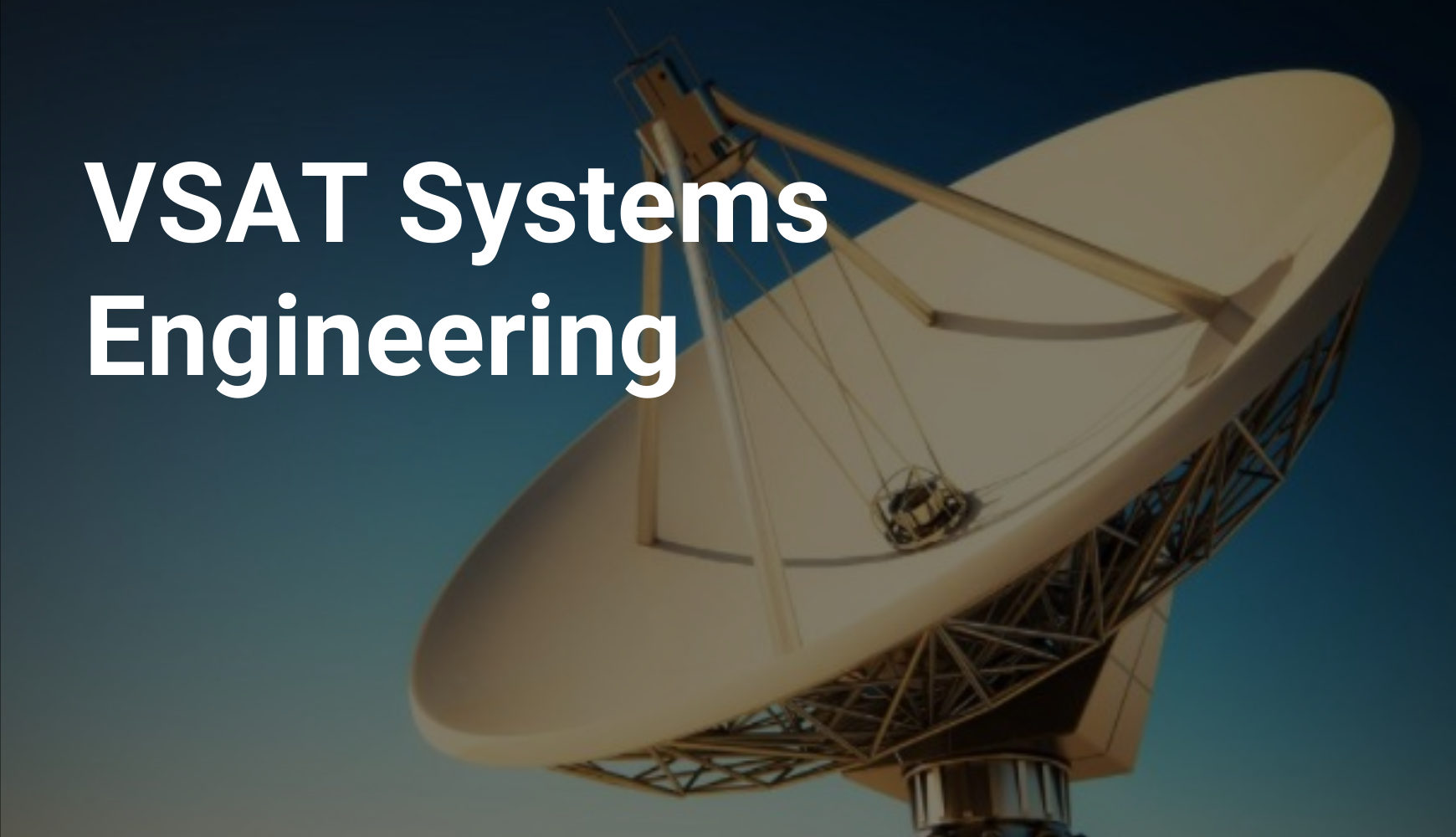VSAT Field Engineering

About Course
In remote regions and mission-critical operations, satellite communication is essential. This 3-day technical course is designed to equip engineers and ICT professionals with the knowledge and skills to plan, configure, and maintain VSAT systems across various operational environments. From satellite fundamentals to field installation and integration with LAN/WAN networks, participants will gain deep, hands-on experience.
This 3-day VSAT Field Engineering course is an intensive program designed for installers of bi-directional satellite earth stations. The course will offer both theoretical and practical skills transfer as applicable to DVB/TDMA VSAT field engineers, support engineers and operational managers
The course is divided into two sessions, a class-room theory session that introduces participants to the basics of satellite communication and a practical session that covers the fundamentals that all VSAT field technicians should know, including cross-pol and accurate dish pointing.
Course Duration: 3 Days
Delivery Format: In-Person | On-Site